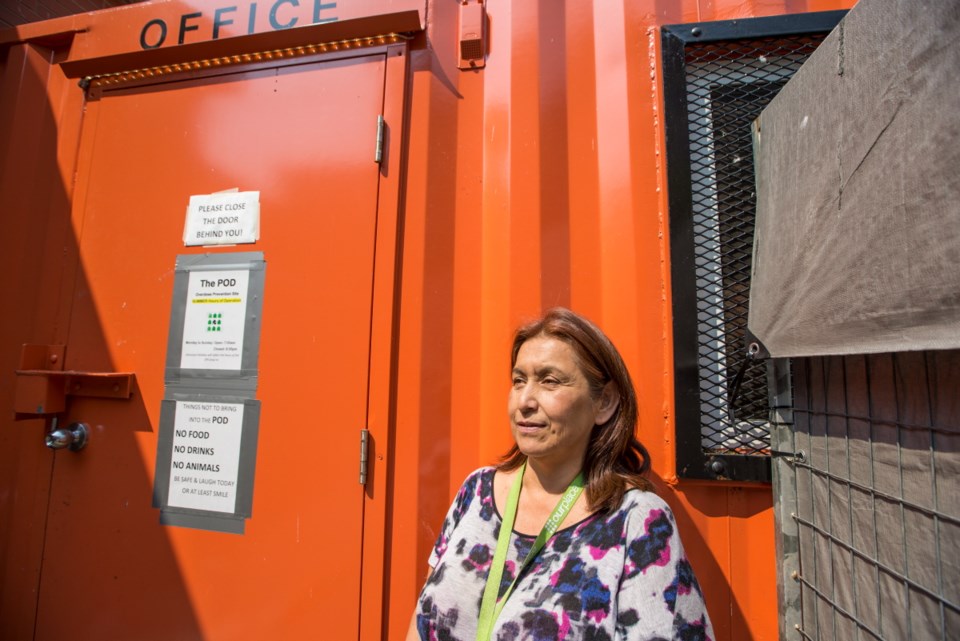Shirley Jones said she was devastated to learn that three young men in her family from the Tseshaht First Nation in Port Alberni died in recent weeks from suspected fentanyl overdoses.
“It’s heart-wrenching living this [crisis] at work and then hearing about these young people in my mother’s family,” said Jones, who is a custodian at Our Place Society on Pandora Avenue. An overdose-prevention site has operated at the site since 2016.
“Even here, I’ve seen young natives who were chronic alcoholics die from overdoses, and I had no idea they even used,” she said. “It was hidden.”
According to a report released Thursday by the First Nations Health Authority and the province, First Nations people in B.C. are five times more likely to overdose and three more times likely to die from an overdose than non-Indigenous people.
The data was collated from several sources, including coroners reports, in 2015 and 2016. It does not include Métis, Inuit or non-status First Nations.
Dr. Shannon McDonald, the health authority’s deputy chief medical officer, said it’s important to look at the root causes of the overdose crisis as it relates to Indigenous people.
“That root cause rests in colonization, displacement and a connection that has been broken [in communities],” she said, citing racism and discrimination in accessing medical and social supports as other causes.
McDonald pointed out that while nearly 80 per cent of the overdoses in the general public are men, in Indigenous communities the ratio of men to women is closer to 50-50. First Nations women in their 40s had the highest rates of overdose deaths.
She suggested this might be because of the “unspeakable” trauma First Nations women experience as young girls.
“When I talk to communities, I often hear: ‘You have to talk to the kids.’ My response is: ‘No, I have to talk to mom and dad and maybe even grandma and grandpa,’ ” said McDonald, noting those who died of overdoses ranged in age from 15 to 69.
She noted one of the issues unique to First Nations is a lack of access to emergency and health services in rural communities, as well as addictions supports.
“The harm-reduction message is a new one to many of our communities who have been abstinence focused,” she said.
At a press conference in Vancouver on Thursday, Dr. Perry Kendall, the province’s chief medical officer, and Judy Darcy, the addictions and mental health minister, both committed to better support First Nations in the overdose crisis.
At the Our Place Society overdose-prevention site, an orange shipping container named the Pod, outreach liaison Aura Lavallee said it’s important to make sure everyone accessing the services feels welcome and not judged.
“Our community is very aware of that,” said Lavallee, who is Métis and noted peer support workers and the spiritual care team as important resources.
Johnny Toodlican, Gitxsan First Nation from the New Hazelton area, said he has injected heroin (and now fentanyl and carfentanil) for more than 15 years, but prefers to use alone, despite the risk of overdose.
“I’m too shy to be with other people,” said Toodlican, who overdosed once after a period of not using drugs while in jail. He was saved by someone who administered the opioid antidote naloxone and carries a kit himself with four syringes already loaded.
“You have to be ready when someone goes down,” he said. While he doesn’t use the overdose-prevention site at Our Place Society, he does use other services there and said he always feels welcome.



